The high arched foot, otherwise known as a supinated foot type and cavus varus foot, naturally doesn’t attract a lot of attention. A supinated foot type is where the foot rolls outwards throughout the stance phase of walking, with the outside of the edge of the foot mostly in contact with the ground.
A high arched foot can be identified by the high bridge (arch) of the foot when weight bearing and the heels turn inwards when observed from behind. Due to the lack of pronation (rolling in), a high arched foot suffers poor shock absorption and a high degree of bone stress.
We have been taught to think that a high arch is a healthy arch, and a low arch is an unhealthy arch, therefore a supinated foot often gets overlooked for management.
Symptoms associated with a high arched foot can include:
Pain/burning on the outside of the foot, ankle and lower leg
Chronic peroneal tendinopathy
Sesamoiditis
Stress fractures & shin pain
Plantar fasciitis
Chronically sore knees
Back pain with prolonged standing and walking
Impingement of the dorsal foot from footwear
Osteoarthritis of the mid foot
Ankle instability and lateral ankle sprains
The feeling of ‘heavy legs’
High degree of muscle mass on the outside of the lower leg
Tight iliotibial bands
Lack of shock absorbency
Thinning of the fat pad at the heel and ball of foot
The news is not all dire. Most people with high arched feet are good at accelerating and decelerating over short distances. The foot forms a very effective rigid lever to assist with propulsion, explosive power and speed.
The management of a high arch foot requires a skilled diagnosis and management approach, as it is often the reverse of the majority of the population.
Firstly the right running shoes and orthotic support must be prescribed to create the correct foundation. With 70% of the population “over pronating” a significant potion of running shoes on the market are designed to reduce pronation. If patients with a supinated foot type are mistakingly placed in a shoe designed to reduce pronation, then we would expect symptoms and injury risk to increase. It is essential that a supinated foot type be placed into a supportive neutral shoe to minimise the rolling out of the foot.
The prescription of orthotics needs to be carefully curated. If the orthotic is too hard, or too high in the arch, then the foot will roll further outwards. The aim of the orthotic is to strategically redistribute the pressure across the entire foot, support the lateral foot to prevent roll out and amplify shock absorption. Most off-the-shelf orthotics are NOT appropriate for high arched feet, as they concentrate the support in the inner arch, and are too high. Emily Braidwood footbeds for fashionable shoes are a very good option for a high arched female as they embody a full lateral wedge appropriate for both a low and high arch. For exercise and deep enough footwear, a customised orthotic is the best way to unload and manage a high arched foot. Using 3D foot scanning technology we prescribe and orthotic with a ‘lateral wedge’ designed to bring the foot back into neutral, as well as a high degree of flexibility and cushioning to promote shock absorption.
With the foot in the right alignment, the soft tissue and bones are able to function optimally without over use and over stress respectively. Once the foot position has been addressed, a strengthening, conditioning and stability program is recommended via a Physiotherapist or Exercise Physiologist to improve performance and further reduce injury risk.
If you would like further clarity on how you can improve comfort and biomechanics please do not hesitate to contact the clinic for an appointment.

